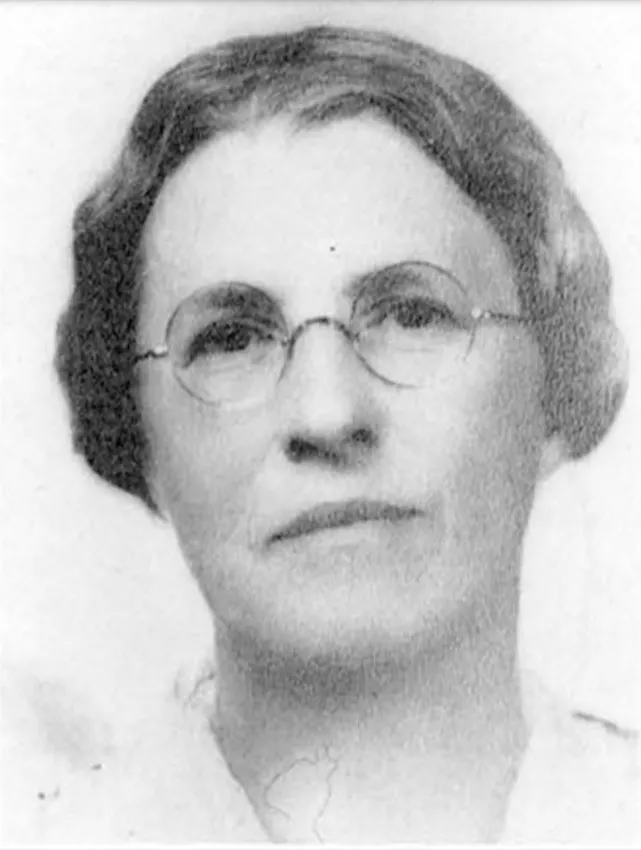
While studying the moon's south pole in advance of NASA's upcoming Artemis missions, the Lunar Planetary Institute discovered three unnamed impact craters, one of which will be named after Bryn Mawr alum Anna Isabel Jonas Stose. The naming is in recognition of Stose's groundbreaking contributions to the field of geology and her pioneering role as one of the first female geologists.
Stose was born in New Jersey in 1881 and studied her entire academic career at Bryn Mawr, earning her bachelor's in 1904, her master's in 1905, and her Ph.D. in 1921.
Stose mapped enormous areas of the Appalachian mountains and defined many of the region's geologic structures. She was the first to apply then-cutting-edge petrographic techniques to the Appalachian mountains, studying the layers of rock and crystalline formations to understand their structures. According to the Geological Society of America, "Anna Isabel Jonas Stose observed and recorded more exposures of more rock units in the crystalline Appalachians than any other geologist has or probably will." Her work is especially notable because women of her time rarely participated in fieldwork and faced many obstacles. Stose worked closely with several other notable female geologists including Florence Bascom and Eleanora Bliss Knopf, both of whom conducted groundbreaking research at Bryn Mawr.
Many of Stose's ideas were far ahead of their time. Her identification of the Martic fault line that runs through Pennsylvania was heavily contested, and her revolutionary mapping techniques were not accepted by many of her contemporaries. However, new technologies and evolving understandings in the field have often proven her theories correct.
Stose spent time working at the American Museum of Natural History, then worked as a geologist for several state and countrywide geological surveys until her retirement in 1954. Her contributions to the geological surveys enjoy a remarkable longevity; it is rare for interpretations in geology to remain relevant, but many of the formations she identified and named retain their significance nearly 80 years later.